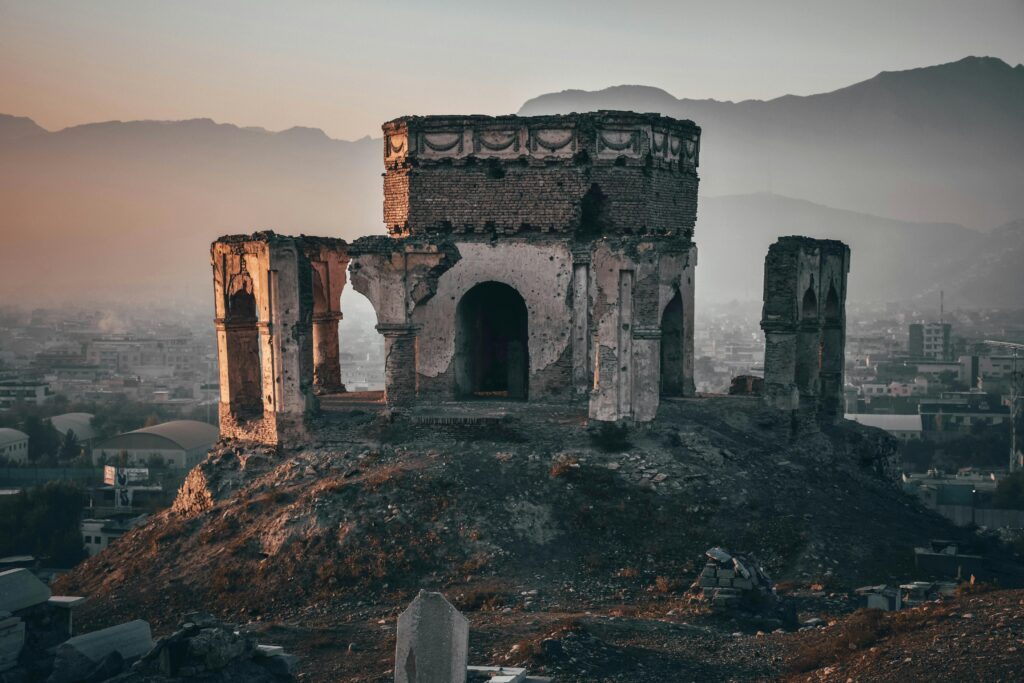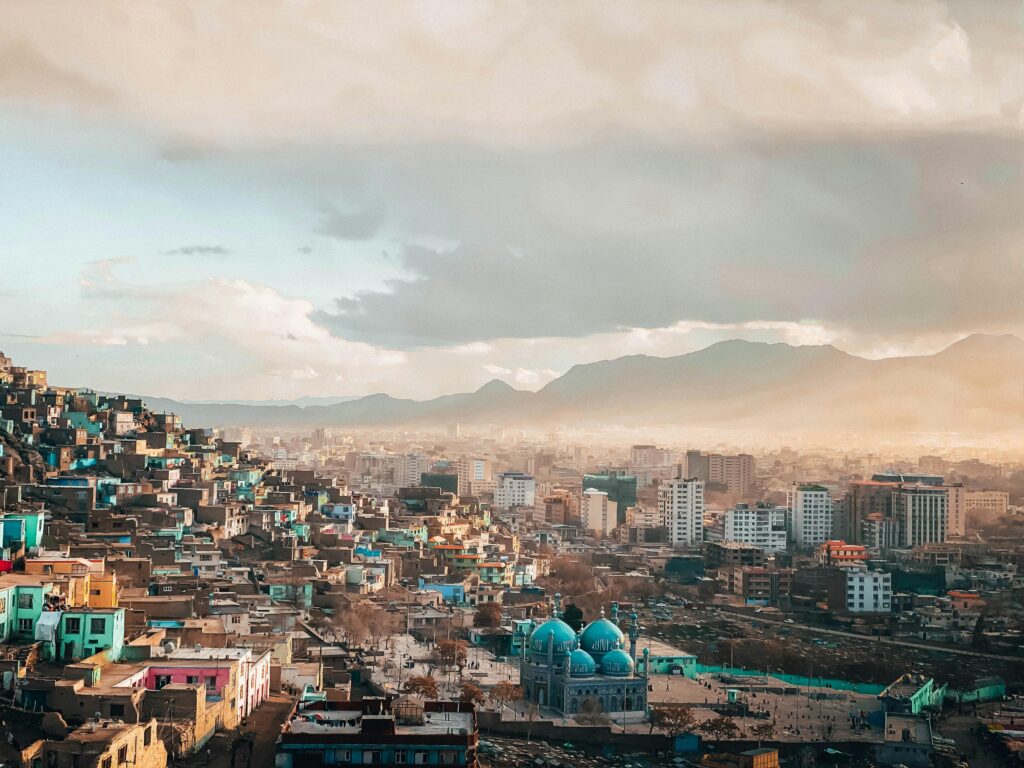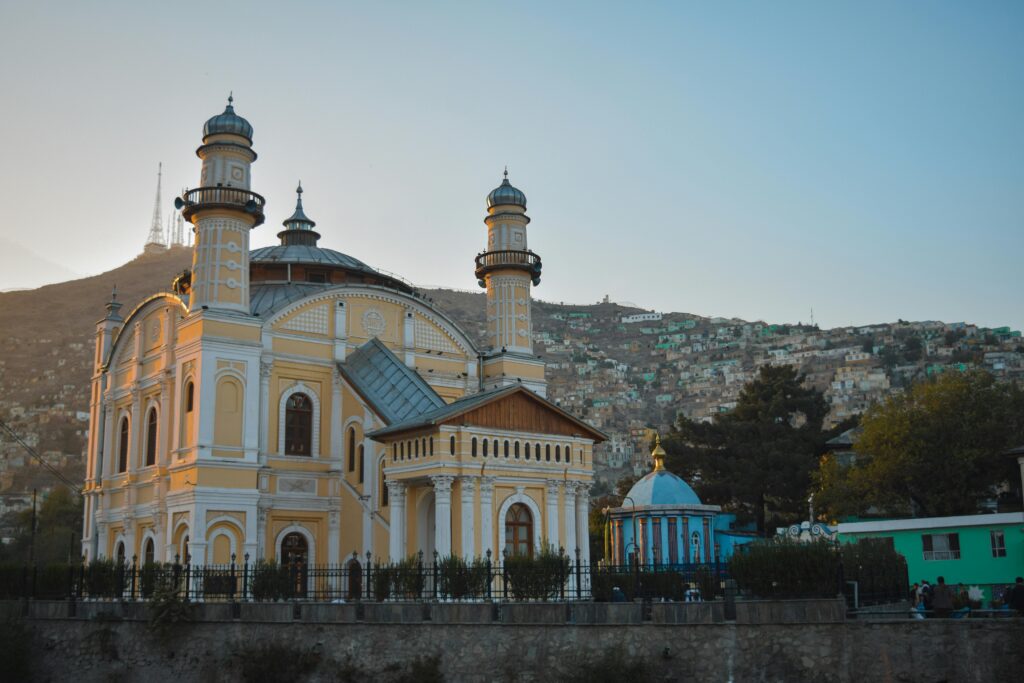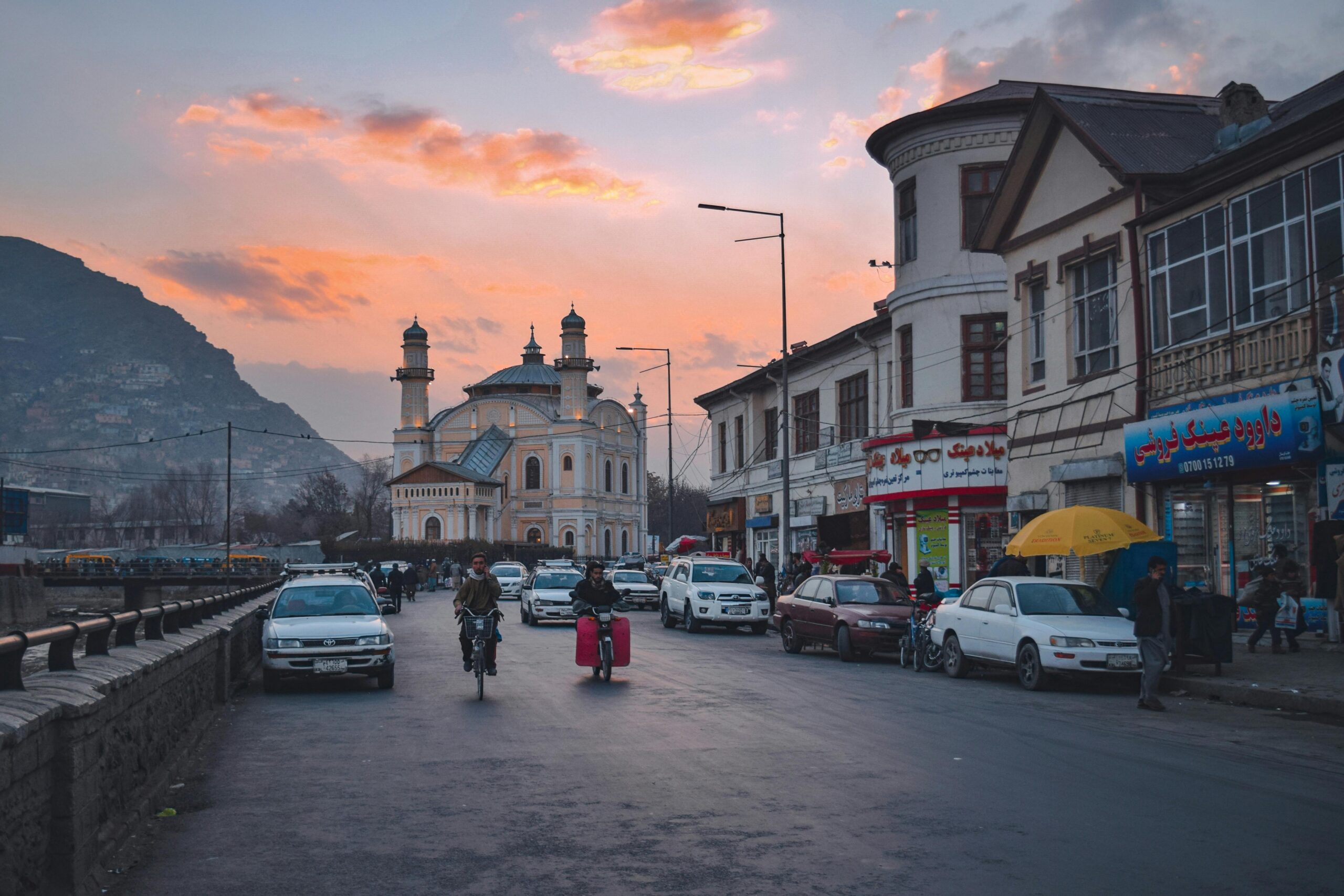In recent years, Afghanistan has emerged as an unexpected hotspot for adventure tourism—a trend fueled by social media influencers whose daring exploits have captivated global audiences. Against the backdrop of rugged mountains, ancient heritage sites, and a landscape that seems frozen in time, influencers armed with selfie sticks and even AK47s are documenting their journeys. At the same time, the Taliban regime, known for its austere governance, is now part of a complex narrative that blends strict ideology with an emerging tourism strategy. This article takes a comprehensive look at these developments, expanding on the topics first reported by Business Insider and delving deeper into the multifaceted story of Afghanistan’s evolving image.

A Changing Landscape: Tourism in Afghanistan
The Unlikely Destination
Afghanistan, long associated with conflict and instability, is now capturing the imagination of adventure-seekers worldwide. Beyond the headlines of war and strife, the country boasts breathtaking natural landscapes—from soaring mountain ranges and deep valleys to ancient ruins that whisper the stories of a bygone era. Tourism, once a distant dream, is gradually becoming a reality as both domestic initiatives and international curiosity drive a new narrative.
The Digital Age of Exploration
Platforms like YouTube and TikTok have played a pivotal role in this transformation. Influencers and content creators are turning Afghanistan into a live canvas of adventure. With every video featuring daring escapades, cultural encounters, and even carefully staged scenes with AK47s and selfie sticks, these social media personalities are not only redefining what it means to explore but are also challenging preconceived notions about the country. Their content, often blending risk with raw beauty, has inspired a new kind of tourism where danger and discovery are two sides of the same coin.
The Taliban’s Tourism Paradox
An Unconventional Strategy
One of the most surprising aspects of this trend is the Taliban’s engagement with tourism. Despite their historical reputation for stringent policies, there are signs that the regime is cautiously embracing the economic potential of adventure tourism. By establishing designated “safe zones” and introducing new visa protocols, the Taliban appear to be signaling that Afghanistan can be visited—and even celebrated—without compromising security.
Balancing Ideology and Economic Needs
This move has sparked a complex debate. On one hand, the infusion of tourism revenue could provide much-needed economic support for local communities, helping to rebuild infrastructure and offer opportunities in regions long neglected by international investment. On the other hand, critics question whether promoting tourism undermines the ideological purity the regime once championed. The balancing act between economic pragmatism and political ideology remains a delicate and ongoing challenge.

Influencers and the Social Media Effect
Redefining Adventure
Modern influencers are at the forefront of this transformation. They document not only their breathtaking adventures but also the nuances of a country in transition. High-definition footage of remote locations, encounters with locals, and even moments where they appear to flirt with danger by posing with AK47s have turned Afghanistan into a live-action narrative. This content not only entertains but also informs a global audience about a side of Afghanistan that is rarely seen in mainstream media.
Cultural Exchange and Ethical Dilemmas
However, the rapid rise of influencer-driven tourism is not without its controversies. Ethical questions abound regarding the portrayal of Afghan culture and history. Some locals worry that the dramatic, often sensationalized content may oversimplify or misrepresent the country’s rich cultural heritage. Moreover, the emphasis on “risk” can lead to reckless behavior, putting both visitors and local communities at risk. As a result, responsible tourism practices and cultural sensitivity have become essential topics of discussion in this new era of exploration.
Beyond the Headlines: Additional Perspectives
Economic Impact and Community Benefits
While the initial coverage highlighted the unusual pairing of armed imagery and tourism, deeper analysis reveals significant economic implications. Increased tourism can bolster local economies by creating jobs, supporting small businesses, and encouraging infrastructure development. In remote areas where opportunities have been scarce, even a modest influx of tourists can spark growth and bring international attention to local artisans, guides, and service providers.
Historical Context and Future Prospects
Looking at historical parallels, regions once marked by conflict have often reinvented themselves through tourism. Afghanistan’s current trajectory may follow a similar path, where its tumultuous past transforms into a compelling narrative of resilience and reinvention. Future trends might include guided historical tours, sustainable adventure packages, and even educational programs that promote a more nuanced understanding of the country’s cultural and political landscape.
Governmental Regulation and Safety Protocols
One aspect that has received less attention is the evolving regulatory framework. With the dual goals of attracting tourists and ensuring safety, the Taliban and local authorities are under pressure to develop guidelines that protect visitors while respecting local customs. Measures such as curated tour packages, designated filming zones, and partnerships with local experts are emerging as potential solutions to the inherent risks of adventure tourism in a volatile region.
International Reactions and Global Debate
Globally, the move has stirred debates about the ethics of tourism in conflict zones. Governments, human rights organizations, and media outlets are all weighing in. While some view the initiative as a pragmatic economic decision that could lead to positive cultural exchange, others see it as a dangerous gamble that may inadvertently legitimize a repressive regime. The international community remains divided on how to balance humanitarian concerns with the undeniable economic opportunities presented by tourism.

Frequently Asked Questions
Q1: Is it safe to travel to Afghanistan under the current regime?
A1: Safety largely depends on the region and the specific conditions at the time of travel. While designated safe zones and improved security measures are in place, travelers should exercise caution, stay informed through reliable sources, and consider guided tours that adhere to local protocols.
Q2: What measures have been introduced to protect tourists?
A2: Authorities have established controlled zones, introduced new visa protocols, and developed curated tour packages to ensure that tourists can experience Afghanistan’s attractions in a relatively secure environment. Collaborations with local experts and strict guidelines for filming and interaction further enhance visitor safety.
Q3: How does increased tourism benefit local communities?
A3: Tourism can provide much-needed economic support by creating jobs, stimulating local businesses, and encouraging infrastructure development. It also offers opportunities for cultural exchange, giving local artisans, guides, and small enterprises a chance to showcase Afghanistan’s rich heritage.
Q4: What role do social media influencers play in this trend?
A4: Influencers are crucial in redefining Afghanistan’s image by showcasing its natural beauty and cultural depth. Their content attracts a global audience and promotes the country as an adventurous destination, albeit sometimes raising ethical concerns about the portrayal of local realities.
Q5: How are the Taliban balancing tourism with their ideological stance?
A5: The Taliban are adopting a pragmatic approach by establishing safe tourism zones and easing certain restrictions to attract visitors. This strategy aims to bolster the economy, even as it sparks debates about the potential conflict between economic benefits and ideological conservatism.
Q6: What ethical considerations should tourists keep in mind?
A6: Travelers should respect local customs, engage with communities in a culturally sensitive manner, and avoid behaviors that could be seen as exploiting the local context. It is also important to consider the impact of filming and social media sharing, ensuring that the portrayal of Afghanistan remains respectful and nuanced.
Conclusion
Afghanistan’s transformation into an adventure tourism destination is a story of contrasts—a nation with a turbulent past now poised at the crossroads of economic opportunity and ideological rigidity. As social media influencers continue to redefine the narrative with daring content, and as the Taliban cautiously open up avenues for tourism, the world watches a complex experiment in modern travel and cultural diplomacy. Whether this trend will foster genuine understanding and sustainable development remains to be seen, but for now, Afghanistan stands as a testament to the unexpected ways in which a country can reinvent its global image.
Sources Business Insider


